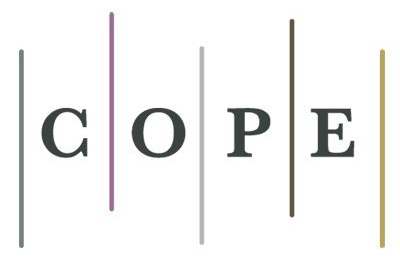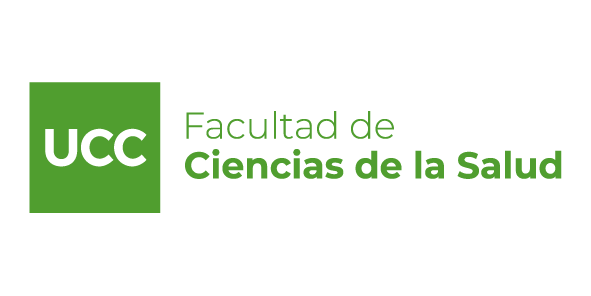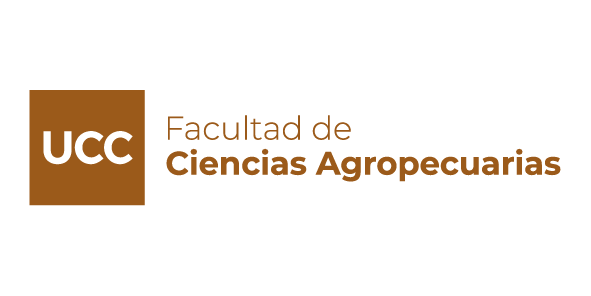Evaluation of medical students' satisfaction with simulation activities
DOI:
https://doi.org/10.22529/me.2024.9(4)04Keywords:
Clinical simulation, technology, medicine students, patient safety, assessmentAbstract
INTRODUCTION: The progress of medical science and technology has generated a growing demand for highly qualified health professionals. This is due to society's increasingly high expectations for patient safety and quality of healthcare. As a result, educational institutions face increasing pressure to more effectively prepare future physicians.
In response to this need, clinical simulation has emerged as a valuable educational strategy. Its goal is to recreate medical situations realistically, without exposing patients to unnecessary risks. Through simulation, health science students can gain knowledge and skills in a meaningful way. They can practice in a safe environment, receiving constructive feedback that allows them to continually improve.
OBJECTIVE: To evaluate, using the ESECS scale, which has already been validated in other centers with similar characteristics, the satisfaction of medical students with respect to simulated clinical experiences.
MATERIALS AND METHODS: An observational, cross-sectional, descriptive study was carried out on the population of medical students from the Catholic University of Córdoba who carried out simulation activities at the San José Simulated Hospital during the 2022-2023 school year. A total of 309 students were included who participated in a survey with 17 items that assessed the cognitive, practical and realism areas of the simulation.
RESULTS: A total of 309 students participated, 62.8% (N=194) female and 37.2% (N=115) male.
17 items that make up the ESECS scale were evaluated where students gave each response a score of 1-10 and then the responses were averaged. The mean score was 7.90 (95% CI 7.67-8.13) and the median was 8 (95% CI 7.77-8.23). The highest score was obtained by the quality of the simulators (V=8.39 95% CI 8.17-8.62) and the lowest score was the previous motivation to attend the practical sessions (V=7.49 95% CI 7.26-7.72).
CONCLUSION: The significant satisfaction expressed by UCC medical students regarding clinical simulation and the integration of new technologies is a reason for encouragement for the teaching team. This feedback drives us to deepen the implementation of these tools as an integral part of teaching and training, in order to convert theoretical knowledge into practical skills that enhance patient safety.
In this sense, the center has proposed to highlight clinical simulation as a fundamental pillar in the training of health professionals in the country, seeking to consolidate its position as a cutting-edge educational model.
Published
How to Cite
Issue
Section
License
Copyright (c) 2024 Methodo Investigación Aplicada a las Ciencias Biológicas

This work is licensed under a Creative Commons Attribution-NonCommercial-ShareAlike 4.0 International License.




















